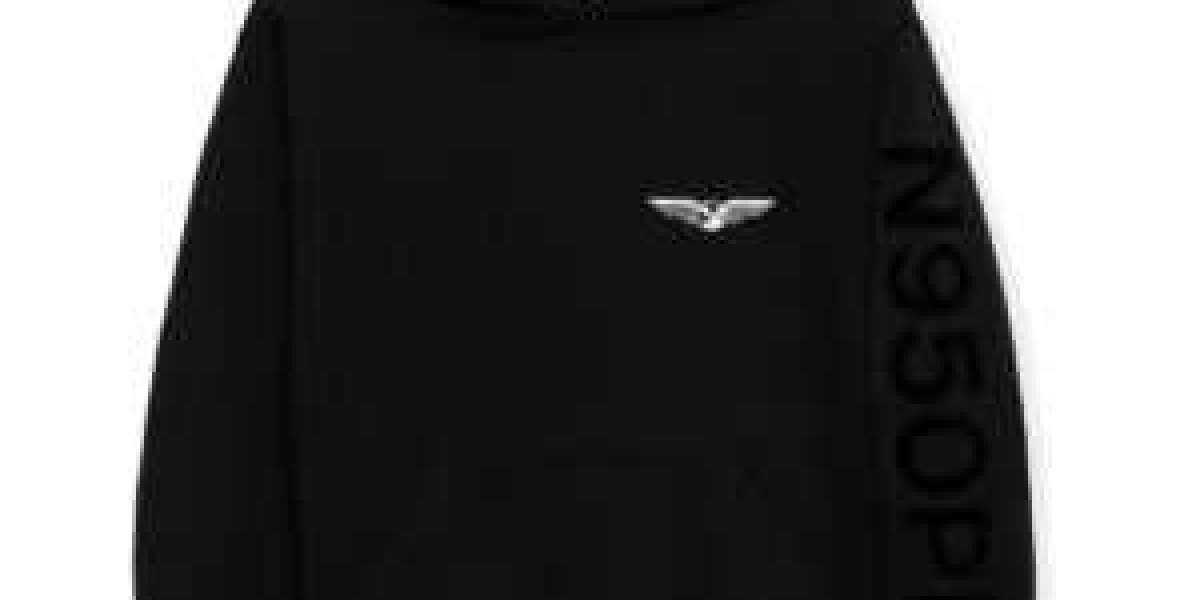Top Los Angeles publicist, Jerome Cleary, CEO of PublicityandMarketing.com says: “A well-crafted press kit is an invaluable tool for showcasing your brand or talent. Whether you're a musician, entrepreneur, or organization, a press kit serves as a comprehensive document that provides journalists, bloggers, and other media professionals with essential information.” Here are his key elements and best practices to help you create the best press kit that leaves a lasting impression:
Cover Letter:
Start your press kit with a concise and engaging cover letter. Briefly introduce yourself or your brand, explain the purpose of the press kit, and highlight key accomplishments or upcoming events. This sets the tone for the rest of the document and provides context for the information to follow.
Biography:
Include a well-written biography that compellingly tells your story. Cover key milestones, achievements, and any relevant personal or professional background. Tailor the content to resonate with your target audience and emphasize aspects that make you stand out.
Press Releases:
Provide well-crafted press releases highlighting important announcements, product launches, or significant achievements. Ensure that each press release is clear, concise, and follows a standard format. Include quotes from key stakeholders to add a human touch and credibility.
High-Quality Visuals:
Incorporate high-resolution images, logos, and other visuals that represent your brand. Include professional photographs, product images, or event photos that can be easily used by media outlets. Visuals should be in various formats to accommodate different media needs.
Media Coverage:
Compile a list of previous media coverage, including articles, interviews, or reviews. Showcase positive reviews and notable features prominently. This section serves as social proof, reinforcing the credibility and relevance of your brand or talent.
Fact Sheet:
Create a fact sheet that includes key statistics, facts, and figures about your brand or project. This can be a quick reference guide for journalists, providing essential information in a condensed format. Include relevant metrics, such as audience reach, sales figures, or market share.
Contact Information:
Display contact information for media inquiries. Include names, phone numbers, and email addresses of key contacts who can provide additional information or arrange interviews. Make it easy for journalists to reach out and get the information they need promptly.
Social Media Links:
Integrate links to your official social media profiles. Journalists often check social media for real-time updates and additional insights. Ensure that your profiles are active, professional, and aligned with your overall brand image.
Testimonials:
If applicable, include positive testimonials from clients, partners, or industry influencers. Testimonials add credibility and demonstrate the impact and value of your brand or talent.
Interactive Elements:
Consider incorporating interactive elements, such as embedded videos, audio clips, or interactive links to additional online content. This can enhance engagement and provide a more immersive experience for media professionals.
Creating the best press kit requires careful consideration of each element to present a cohesive and compelling narrative about your brand or talent. By investing time and effort into crafting a well-organized and visually appealing press kit, you increase your chances of capturing the attention of journalists and making a lasting impression in the media.
For more info: BestPRguy@gmail.com www.PublicityandMarketing.com



